Crap Hoe Fish - Jangchungdong Branch (크랩회피쉬 장충동)
2.6Km 2021-03-19
27-4, Dongho-ro24-gil, Jung-gu, Seoul
+82-2-2269-9968
A restaurant where live seafood is prepared and served fast. The representative menu is sliced raw fish. This Korean cuisine is located near Dongguk Univ. Station, Seoul.
Choeun Optical - Hoehyeon Branch [Tax Refund Shop] (조은안경 회현)
2.6Km 2024-04-22
Joeun Eyewear, 42, Namdaemunsijang 4-gil, Jung-gu, Seoul
-
Choeun Optical [Tax Refund Shop] (조은안경)
2.6Km 2024-06-27
42, Namdaemunsijang 4-gil, Jung-gu, Seoul
-
Mangnae Hoejip (막내회집)
2.6Km 2021-04-09
34-11, Namdaemunsijang, 4-gil, Jung-gu, Seoul
+82-2-755-5115
It is a Hoejip (raw fish restaurant) with 26 years’ tradition. This Korean dishes restaurant is located in Jung-gu, Seoul. The representative menu is sliced raw flatfish.
Namdaemun Market Gourmand Alley (Kalguksu Alley) (남대문시장 먹자골목(칼국수 골목))
2.6Km 2023-11-06
42-1, Namdaemunsijang 4-gil, Jung-gu, Seoul
Namdaemun Market is a massive market in Seoul filled with history and traditions. In the market, there is a place where people can dine without worrying about time or money, in an unmistakably Korean atmosphere, and that is the Gourmand Alley (Kalguksu Alley). The alley is lined with stalls selling similar fare, and people sit down in front of them, shoulder to shoulder, to enjoy their meal. Namdaemun Market’s Gourmand Alley specializes in noodle soup and steamed barley rice sets. The latter is a mixture of rice and barley, which is then steamed together. Its call to popularity is the nutty flavor imparted by barley. It has a healthy taste like no other, so make sure to check it out. Each order often comes with two or three separate menus (noodle soup, steamed rice, cold buckwheat noodles, etc.), along with a sumptuous array of side dishes like kimchi. Because this spot is beloved by diners of all ages, one often has to wait to get one’s turn during meal hours or on weekends. Keep in mind that the alley’s age often manifests itself in its crowdedness and lower attention to hygiene.
Another thing to note is that first-time visitors often find it difficult to find the entrance to the alley. The entrance is the transparent plastic door right next to “Segye-ro Eyeglasses Shop,” which can be found right across from Exit 5 of Hoehyeon Station on Seoul Subway Line 4. The door is rather small and difficult to find, but once you enter the doorway, you will immediately see the stalls unfolding in front of your eyes.
TV program “Life Masters (2005-)”
TV program “A Walk Around the Neighborhood (2018-2022)”
Inwangsa Temple (인왕사 (서울))
2.6Km 2020-04-02
16-1, Tongil-ro 18ga-gil, Jongno-gu, Seoul
+82-2-737-4434
Inwangsa Temple refers to the entire cluster of small Buddhist temples located on Inwangsan Mountain (alt. 338m) in the heart of Seoul. The eastern foot of the mountain has many scenic spots with its distinctively cozy and tasteful atmosphere, and the northern area called Mugye-dong also offers beautiful scenery. Inwangsa Temple was established in the early Joseon period (1392-1910) to guard the national palace Gyeongbokbung. The temple is comprised of 11 shrines from five different Buddhist orders. The unique design of each shrine adds pleasure to hikers on their way up to Seonbawi, an unusual rock formation that is a site of many folk beliefs and shamanist rites.
Whanki Art Museum (환기미술관)
2.6Km 2024-03-04
63, Jahamun-ro 40-gil, Jongno-gu, Seoul
+82-2-391-7701
Whanki Art Museum exhibits the works of Kim Whanki (1913-1974), the pioneer of Korean abstract art. Kim was inspired by traditional features such as Korean mountains and streams, the sky, moons and clouds, the white porcelain and traditional patterns, and worked to express them in abstract forms through points, lines, and surfaces. The main collection features nearly 300 works by Kim. One can also find an art shop and a café.
Daesungjip (대성집)
2.6Km 2021-03-27
5, Sajik-ro, Jongno-gu, Seoul
+82-2-735-4259
Daejungjip has specialized in Dogani tang (ox knee joint soup) for 60 years. Customers can feel a simple and familiar ambience at the restaurant.
Hillhouse Hotel / 힐하우스 호텔
2.6Km 2025-03-18
42 , Sogong-ro 3-gil, Jung-gu, Seoul
+82-2-777-8135
Hill House Hotel is a business hotel at the foot of Namsan Mountain in Seoul. Free internet is available in all rooms, and there is a shared microwave on the first floor. A free luggage storage service is provided for customers’ convenience. Nearby transport links include Hoehyeon subway station, Seoul Station, and Myeongdong subway station, so this is a good base for exploring downtown Seoul. Namsan Park, N Seoul Tower and Namdaemun Market are all within walking distance.
Jangan Accessory Shopping Center (장안 액세서리상가)
2.6Km 2021-06-04
42-2, Namdaemunsijang 4-gil, Jung-gu, Seoul
+82-2-753-5600
Jangan Accessory Shopping Center has a history of offering visitors unique accessories with colorful designs. Each shop boasts its own items, different from other stores. Visitors can enjoy purchasing accessories at discounted prices.
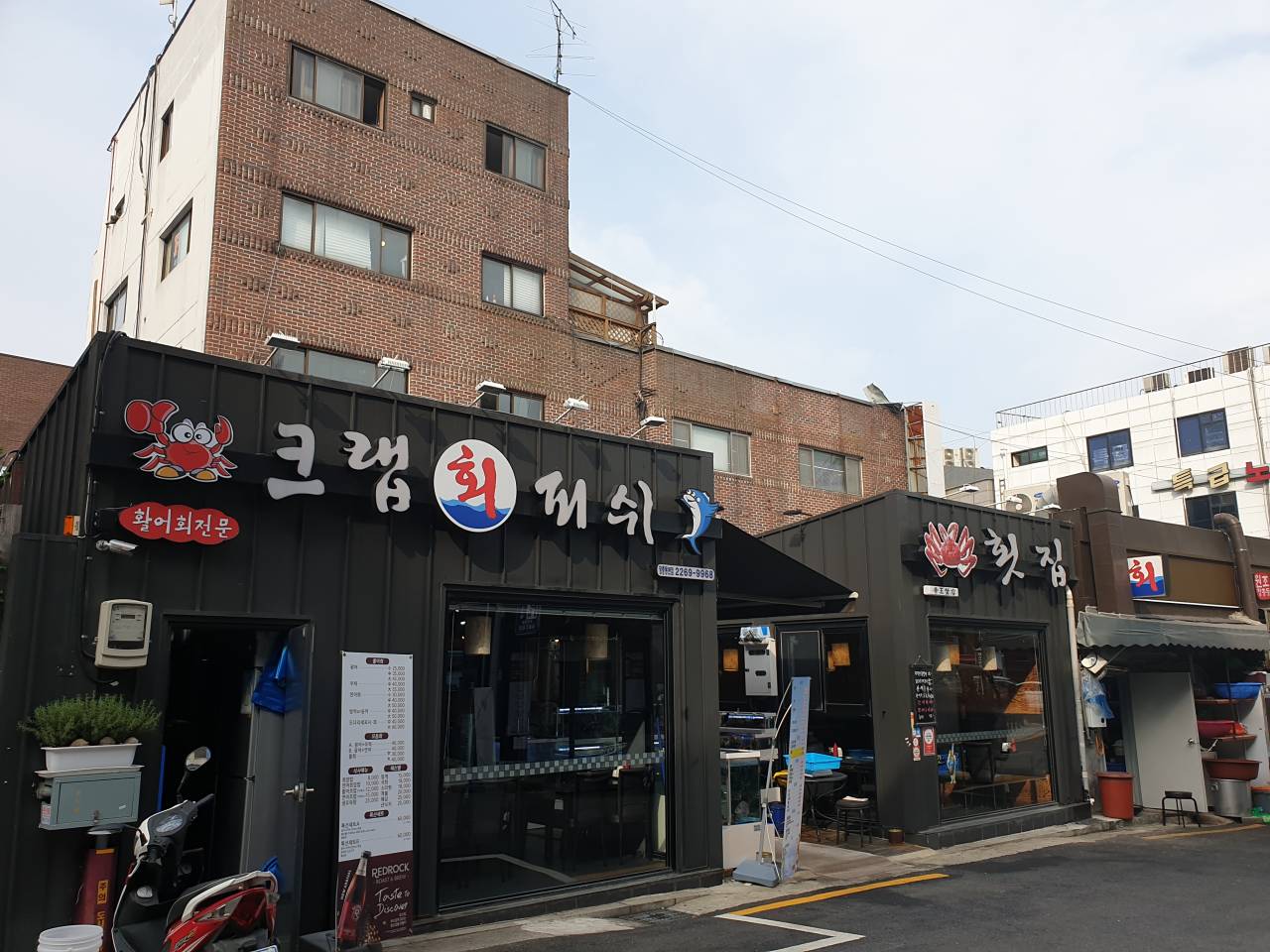

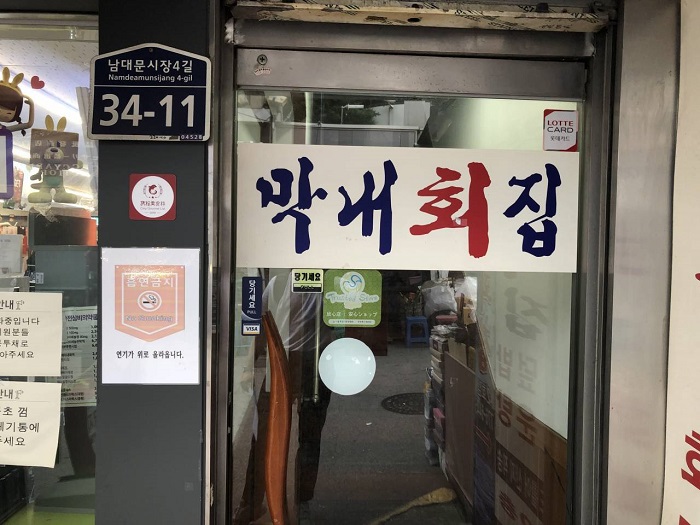
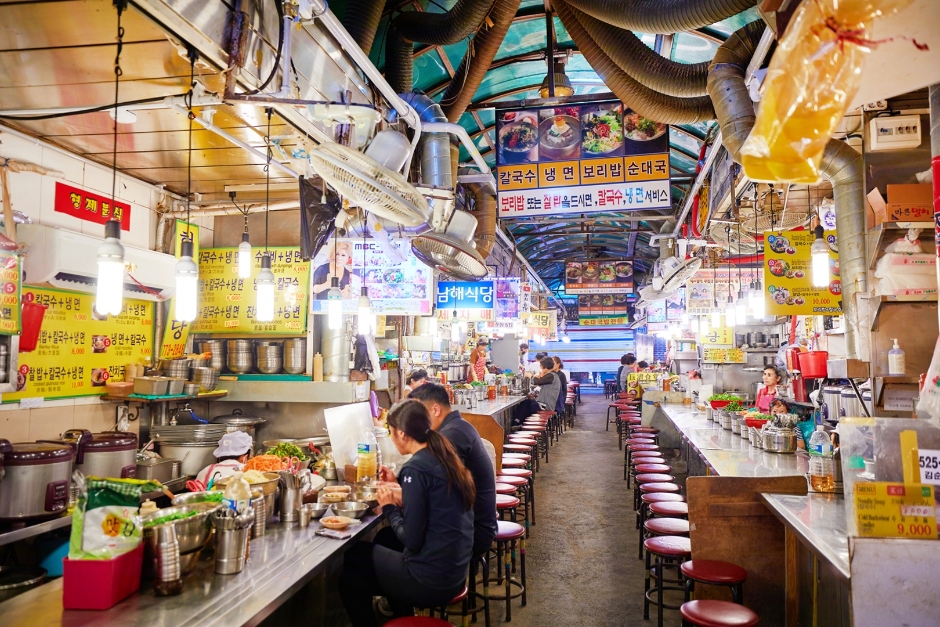
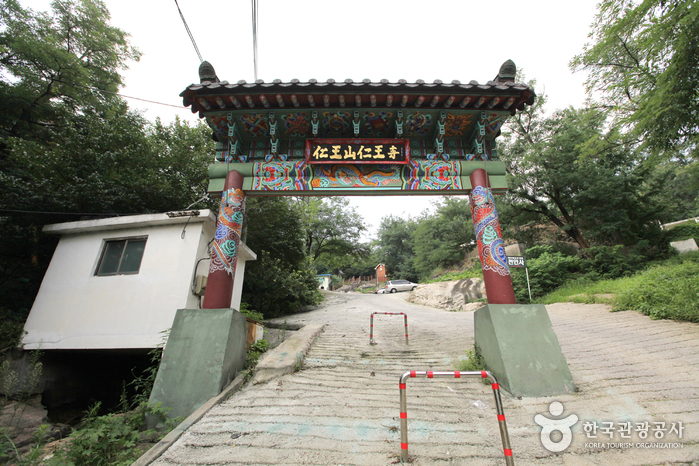
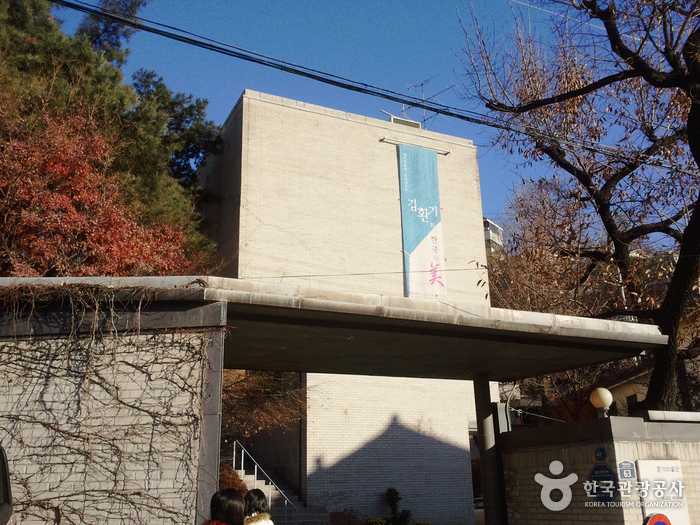
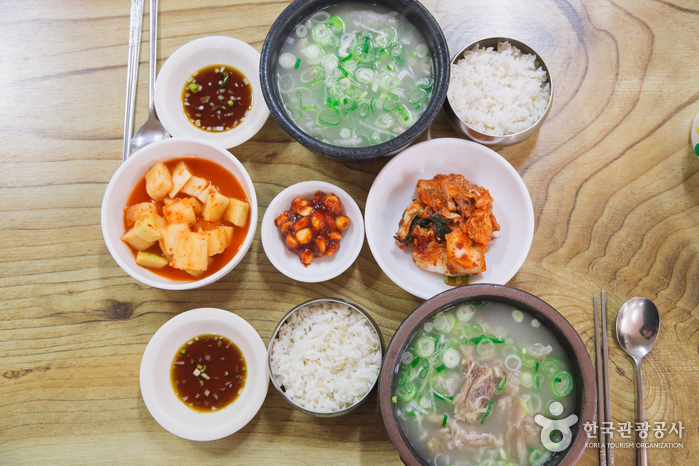
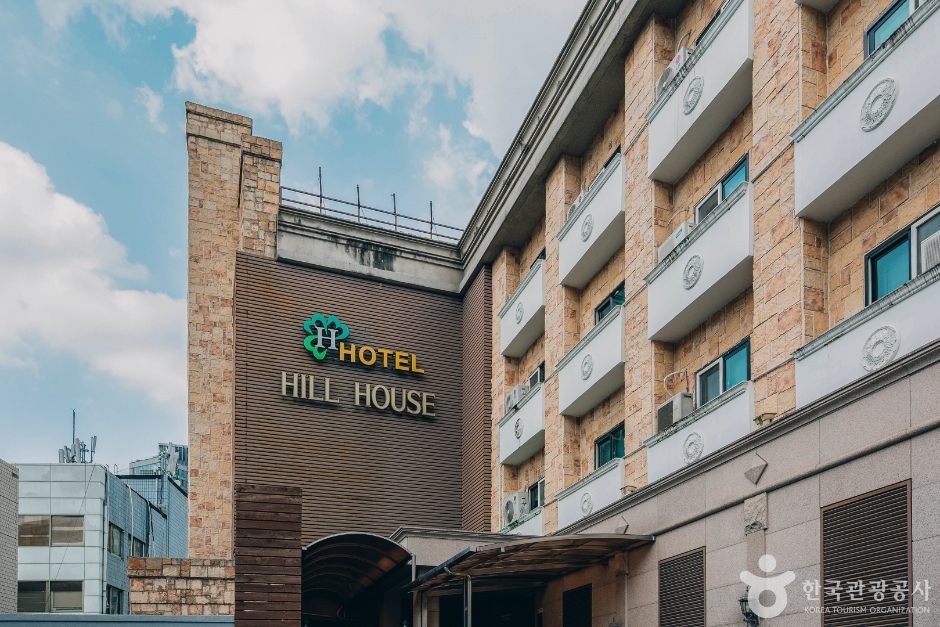
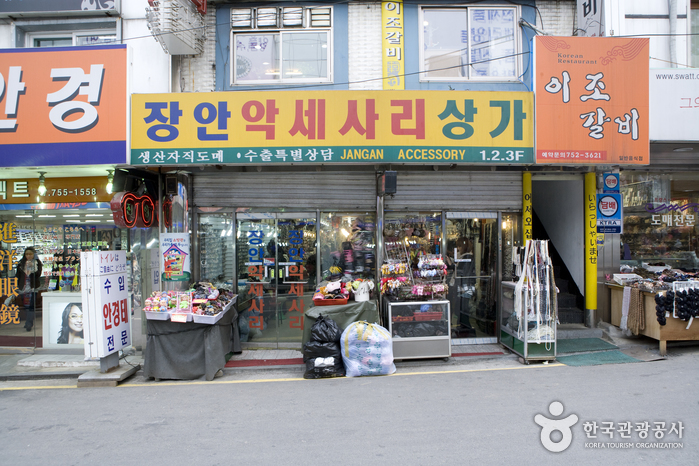
 English
English
 한국어
한국어 日本語
日本語 中文(简体)
中文(简体) Deutsch
Deutsch Français
Français Español
Español Русский
Русский